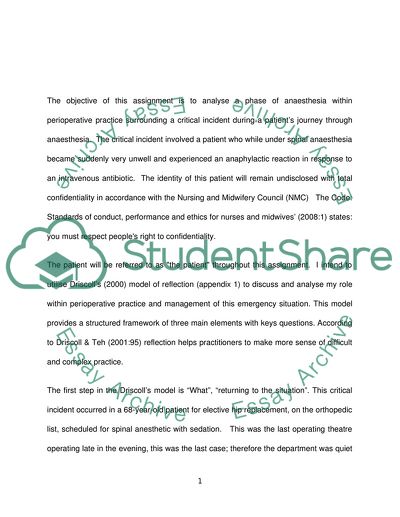Cite this document
(An Aspect of an Anesthesia Practice Drawn from a Patients Journey Assignment, n.d.)
An Aspect of an Anesthesia Practice Drawn from a Patients Journey Assignment. Retrieved from https://studentshare.org/nursing/1734077-reflective-piece-for-an-anesthetic-course-as-a-nurse
An Aspect of an Anesthesia Practice Drawn from a Patients Journey Assignment. Retrieved from https://studentshare.org/nursing/1734077-reflective-piece-for-an-anesthetic-course-as-a-nurse
(An Aspect of an Anesthesia Practice Drawn from a Patients Journey Assignment)
An Aspect of an Anesthesia Practice Drawn from a Patients Journey Assignment. https://studentshare.org/nursing/1734077-reflective-piece-for-an-anesthetic-course-as-a-nurse.
An Aspect of an Anesthesia Practice Drawn from a Patients Journey Assignment. https://studentshare.org/nursing/1734077-reflective-piece-for-an-anesthetic-course-as-a-nurse.
“An Aspect of an Anesthesia Practice Drawn from a Patients Journey Assignment”, n.d. https://studentshare.org/nursing/1734077-reflective-piece-for-an-anesthetic-course-as-a-nurse.


